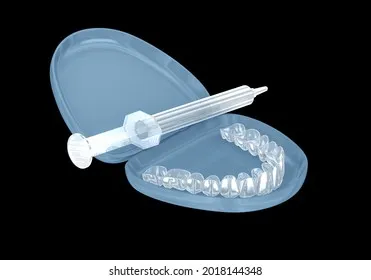Understanding Invisalign and Teeth Whitening Gel
Embarking on an Invisalign journey often includes the desire for a brighter, more confident smile. This guide explores the effective use of teeth whitening gel with Invisalign aligners. Many individuals seek to enhance their smile’s aesthetic appeal while undergoing orthodontic treatment. The combination of Invisalign, which gradually straightens teeth, and whitening gel offers a dual approach to achieving a perfect smile. Invisalign provides a discreet method of teeth alignment, while teeth whitening gel works to eliminate stains and brighten the enamel. This synergy ensures that patients can achieve both straighter and whiter teeth simultaneously, maximizing their treatment’s overall impact. This article will provide a comprehensive understanding of how to use teeth whitening gel safely and effectively with Invisalign.
How Invisalign Works
Invisalign uses a series of custom-made, clear aligners to gradually shift teeth into their desired positions. Unlike traditional braces, Invisalign aligners are removable, allowing for easier eating, brushing, and flossing. The process begins with a consultation and digital scan of the teeth, followed by the creation of a personalized treatment plan. Each set of aligners is worn for approximately 20-22 hours per day for about one to two weeks before moving to the next set. This gradual progression ensures that the teeth move gently and effectively over time. Patients typically visit their dentist every few weeks for check-ups to monitor progress and receive new aligners. Invisalign’s discreet nature makes it a popular choice for adults and teens seeking a less noticeable orthodontic solution. Regular wear and consistent adherence to the dentist’s instructions are key to successful treatment.
The Role of Teeth Whitening Gel
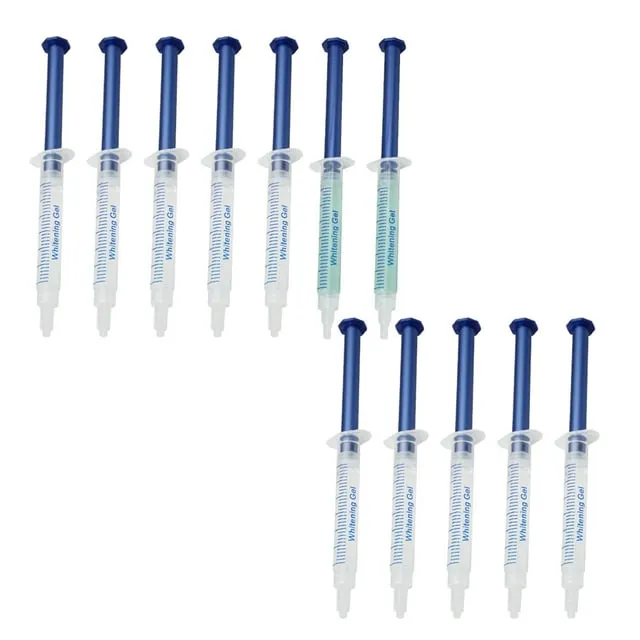
Teeth whitening gel contains bleaching agents, such as hydrogen peroxide or carbamide peroxide, that penetrate the enamel to break down stain molecules. When used with Invisalign aligners, the gel’s effectiveness is enhanced because the aligners act as a custom-fitted tray, ensuring maximum contact between the gel and the tooth surface. The aligners also prevent the saliva from diluting the gel, thus prolonging its whitening action. Whitening gels are available in varying concentrations, allowing dentists to tailor the treatment to the patient’s specific needs and sensitivity levels. The gel helps to remove stains caused by coffee, tea, tobacco, and other substances, leading to a noticeably brighter and more youthful smile. Regular application, as directed by a dentist, ensures optimal results, contributing significantly to the overall aesthetic outcome of Invisalign treatment.
Choosing the Right Teeth Whitening Gel for Invisalign
Selecting the appropriate teeth whitening gel is crucial for achieving the best results while minimizing potential risks. It’s important to consult your dentist before starting any whitening treatment. Dentists can assess your oral health, discuss your goals, and recommend a suitable gel. Over-the-counter options are available, but professional-grade gels often contain higher concentrations of bleaching agents and provide more effective results. The strength of the gel should align with your teeth’s sensitivity and the desired level of whitening. Gels specifically designed for use with aligners often have a thicker consistency to prevent leakage and are less likely to cause discomfort. Always follow the manufacturer’s instructions and your dentist’s recommendations carefully to ensure safety and effectiveness. Consider factors like the ingredients, concentration, and application duration to make an informed choice.
Key Ingredients to Look For
The main active ingredients in teeth whitening gels are hydrogen peroxide and carbamide peroxide. Hydrogen peroxide is a stronger bleaching agent, providing quicker results, while carbamide peroxide breaks down into hydrogen peroxide, offering a slower but more sustained whitening effect. The concentration of these agents varies, and higher concentrations typically lead to more significant whitening but also increase the risk of sensitivity. Gels may also contain desensitizing agents like potassium nitrate or fluoride, which help reduce tooth sensitivity. Look for gels that are specifically formulated for use with aligners, as these products are often designed to minimize potential irritation. It’s important to choose products from reputable brands that prioritize safety and effectiveness. Always check the ingredient list and consult with your dentist to ensure the product aligns with your dental needs and preferences.
Factors to Consider
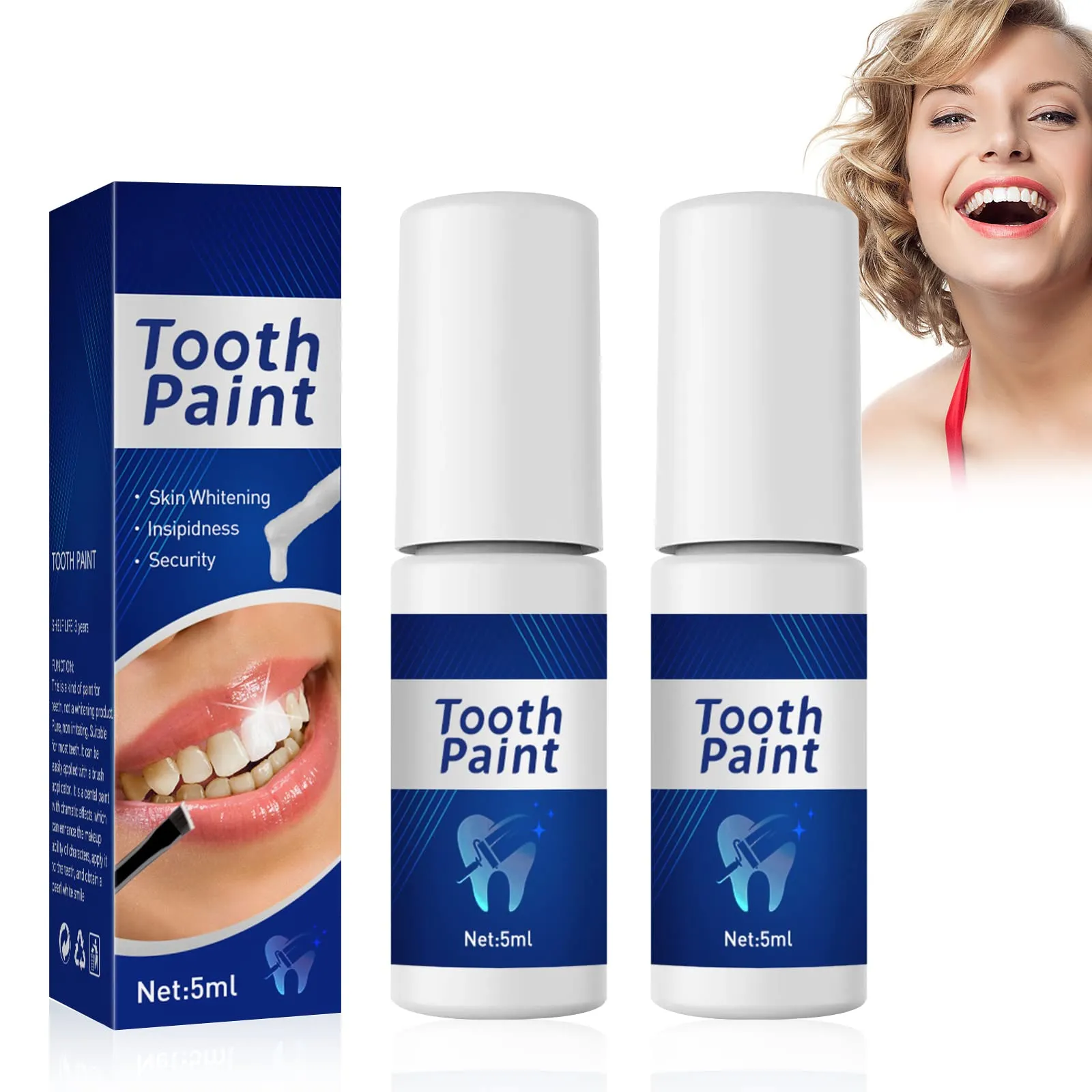
Several factors influence the effectiveness and safety of teeth whitening with Invisalign. Tooth sensitivity is a common concern; those with sensitive teeth may experience discomfort. The type and severity of tooth stains also play a role. Surface stains, caused by food and beverages, are generally easier to remove than deeper, intrinsic stains. The duration and frequency of gel application are crucial; following your dentist’s instructions precisely will give the best results. The quality of the whitening gel and the aligners’ fit also matter; well-fitting aligners ensure even distribution of the gel. Consider your dietary habits; consuming staining foods or drinks can impact the results. Regular dental check-ups and professional cleanings enhance and maintain the whitening effect. Make sure to consult your dentist to understand these factors and tailor your treatment plan.
Effective Application Techniques
Proper application is crucial for achieving optimal whitening results. First, brush your teeth thoroughly and floss to remove any debris. Apply a small amount of whitening gel into each aligner, following your dentist’s instructions regarding the amount. Insert the aligners into your mouth, ensuring they fit snugly over your teeth. Wear the aligners for the recommended duration, typically 30 minutes to several hours, depending on the gel’s concentration and your dentist’s guidance. Avoid eating or drinking anything except water while the aligners are in. After the treatment period, remove the aligners, rinse them thoroughly, and brush your teeth to remove any remaining gel. Consistency in application is essential, so adhere to your dentist’s prescribed schedule for the best outcome. Proper technique minimizes the risk of side effects while maximizing whitening effectiveness.
Step-by-Step Guide
Here’s a detailed, step-by-step guide to using teeth whitening gel with Invisalign: Before beginning the process, consult your dentist to determine the right type and strength of gel. Brush and floss your teeth to eliminate plaque and food particles. Carefully apply the prescribed amount of whitening gel to each aligner tray, as directed by your dentist (usually a small amount in each tooth well). Place the aligners into your mouth, ensuring they fit properly over your teeth. Wear the aligners for the recommended time, typically 30 minutes to a few hours, depending on the gel concentration. Avoid eating or drinking anything other than water while the aligners are in your mouth. After the designated time, remove the aligners, rinse them thoroughly with water, and clean them. Brush your teeth to remove any remaining gel. Repeat the process according to your dentist’s instructions, usually once or twice a day, until the desired level of whitening is achieved. Regularly schedule dental check-ups to monitor progress and address any potential issues.
Maximizing Results

To maximize the effectiveness of teeth whitening with Invisalign, several steps are important. Follow all of your dentist’s instructions precisely regarding gel application, wear time, and frequency. Maintain excellent oral hygiene practices, including regular brushing and flossing, to remove surface stains and prevent new stains from forming. Avoid consuming staining foods and beverages, such as coffee, tea, red wine, and dark berries, especially during treatment. Keep your aligners clean; rinse them thoroughly after each use and store them properly. Consider using a desensitizing toothpaste to minimize any potential tooth sensitivity. Regular dental check-ups and professional cleanings will help to maintain and enhance the whitening results. Be patient, as results may take time to appear, and consistency is key to achieving a brighter, more radiant smile. Consider professional advice about the best whitening options for your individual needs and preferences.
Tips for Optimal Whitening
Achieving optimal whitening results involves several key strategies. Ensure that your aligners fit correctly to prevent gel leakage and uneven whitening. Stick to the recommended wear time for the gel to avoid overexposure and sensitivity. Maintain good oral hygiene by brushing, flossing, and using mouthwash to remove surface stains. Drink plenty of water to stay hydrated and help rinse away any remaining gel. If you experience sensitivity, use a desensitizing toothpaste, and consult with your dentist. Avoid smoking and limit your consumption of staining foods and drinks, especially during the treatment period. Store your whitening gel and aligners as per the manufacturer’s instructions to maintain their effectiveness. Regularly attend dental check-ups and cleanings to monitor progress and receive professional advice. Be consistent with your treatment plan and patient to enjoy a brighter, healthier smile.
Potential Side Effects and How to Manage Them
While teeth whitening with Invisalign is generally safe, some potential side effects can occur. Tooth sensitivity is the most common, which can manifest as a sharp, temporary pain when consuming hot, cold, sweet, or acidic foods and beverages. Gum irritation is another possible side effect, causing the gums to become red, swollen, or tender. In rare cases, some individuals may experience an allergic reaction to the whitening gel. To manage these side effects, use a desensitizing toothpaste before and during treatment, avoid acidic foods and drinks, and rinse with water if irritation occurs. If sensitivity persists, take breaks from whitening treatments or consult your dentist. For gum irritation, ensure the gel is applied correctly and avoid contact with the gums. Contact your dentist immediately if you experience severe discomfort or an allergic reaction. Follow your dentist’s instructions and report any adverse effects promptly for appropriate guidance and care.
Common Side Effects
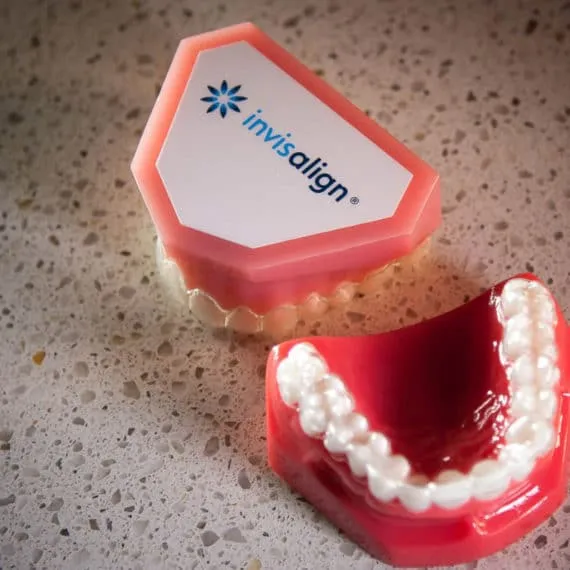
The most frequently reported side effects of teeth whitening with Invisalign are tooth sensitivity and gum irritation. Tooth sensitivity often manifests as a temporary sharp pain triggered by hot, cold, or sweet foods and beverages. This discomfort typically subsides shortly after exposure. Gum irritation can result in redness, swelling, or tenderness of the gums. The severity of these side effects varies from person to person and depends on factors such as the concentration of the whitening gel and individual tooth sensitivity. Another common side effect is mild throat irritation, although this is rarer. Contact with the gel can cause a slight burning sensation. Understanding these common side effects allows patients to prepare and take appropriate measures to minimize any discomfort during their treatment. Always consult with your dentist to understand and manage these potential outcomes effectively.
How to Mitigate Sensitivity
To mitigate tooth sensitivity during Invisalign whitening, consider several strategies. Use a desensitizing toothpaste containing potassium nitrate or fluoride for at least two weeks before starting whitening treatment and continue using it throughout the process. Avoid highly acidic foods and drinks, such as citrus fruits, soda, and vinegar, which can exacerbate sensitivity. Apply a small amount of desensitizing toothpaste directly to the sensitive areas of your teeth before inserting your aligners. Use a lower concentration of whitening gel or shorten the wear time if you experience discomfort. Rinse your mouth with water after removing the aligners to remove any remaining gel. Consult your dentist if sensitivity persists, as they may recommend a fluoride treatment or other solutions. Proper management can significantly reduce sensitivity, allowing you to continue your whitening journey comfortably.
Maintaining Your Bright Smile
Maintaining your bright smile after whitening with Invisalign requires consistent care and attention. Practice good oral hygiene habits by brushing your teeth twice a day with fluoride toothpaste and flossing daily to remove plaque and food particles. Schedule regular dental check-ups and professional cleanings to maintain your teeth’s health and brightness. Avoid consuming staining foods and beverages, such as coffee, tea, red wine, and dark berries, especially in the initial weeks following your treatment. If you consume these items, brush your teeth or rinse your mouth with water afterward. Consider using a whitening toothpaste or mouthwash to help maintain the brightness of your teeth. Avoid smoking, as it can stain your teeth and negatively affect your oral health. Follow your dentist’s recommendations for at-home maintenance to ensure long-lasting results. A proactive approach helps to preserve your beautiful smile.
Oral Hygiene Practices
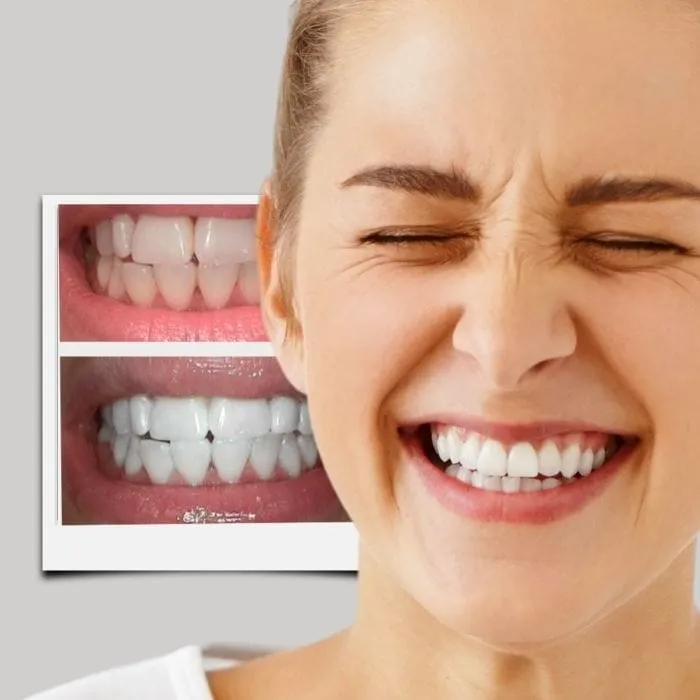
Maintaining excellent oral hygiene is essential for both overall dental health and the longevity of your whitening results. Brush your teeth thoroughly at least twice a day for two minutes each time. Use a fluoride toothpaste to strengthen your enamel and protect against cavities. Floss daily to remove plaque and food particles from between your teeth, where your toothbrush cannot reach. Consider using an antibacterial mouthwash to reduce bacteria in your mouth and freshen your breath. Clean your Invisalign aligners regularly to prevent bacteria buildup and staining. Rinse your mouth with water after eating to remove food debris and neutralize acids. Regular dental check-ups and professional cleanings are crucial for removing plaque and tartar and ensuring your oral health. These practices not only enhance your smile but also contribute to your overall health.
Dietary Considerations
Dietary habits significantly impact the effectiveness and longevity of teeth whitening. Avoid or limit your intake of staining foods and beverages, such as coffee, tea, red wine, dark sodas, and berries, especially during and immediately after the whitening treatment. These items contain pigments that can stain your teeth. Consume a balanced diet rich in calcium and vitamins, which promotes good oral health. Include crunchy vegetables and fruits, such as apples and carrots, which help to clean your teeth naturally. Drink plenty of water throughout the day to stay hydrated and rinse away food particles. If you consume staining foods or drinks, brush your teeth or rinse your mouth with water shortly after. Consider using a straw for staining beverages to minimize contact with your teeth. Pay attention to the color of your food and beverages, as intensely colored items are more likely to stain your teeth. Making informed dietary choices helps you maintain a brighter, healthier smile.
Professional Advice and Alternatives
Consulting with your dentist is the best way to determine the most appropriate whitening method for you. Your dentist can assess your oral health, discuss your goals, and recommend a treatment plan. They may offer professional teeth whitening treatments in the office that are more potent than at-home options. Your dentist may also suggest alternatives, such as dental veneers, bonding, or crowns, to address severe discoloration. If sensitivity is a concern, your dentist may recommend desensitizing treatments, such as fluoride applications. They can also provide guidance on at-home maintenance and the best products to use. Always follow your dentist’s instructions and report any concerns or side effects promptly. Professional advice ensures that you receive a safe and effective treatment tailored to your individual needs. This professional support contributes to a healthy, radiant smile.
When to Consult Your Dentist
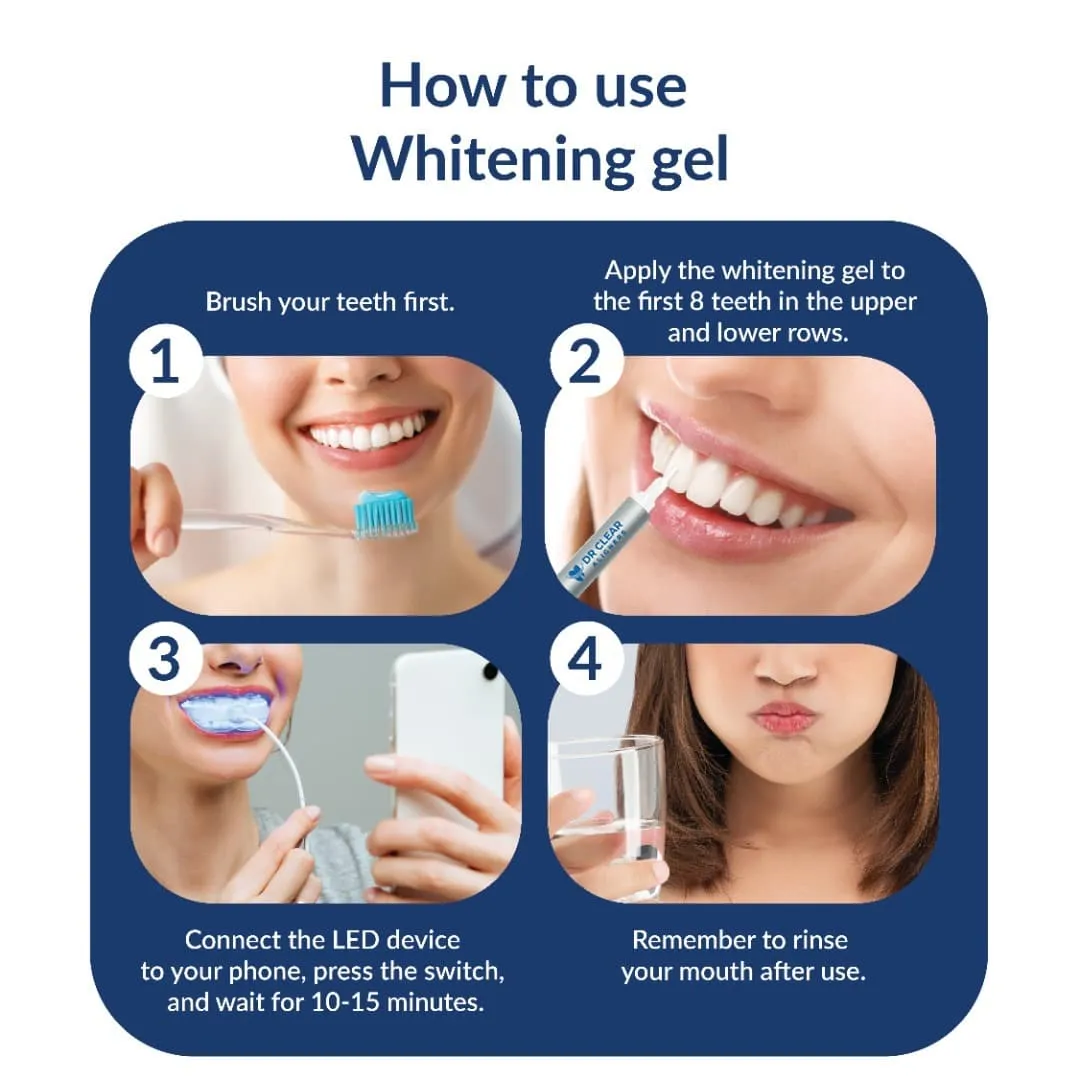
It is crucial to consult your dentist before starting any teeth whitening treatment, especially when using Invisalign. Schedule an appointment for a comprehensive oral examination to assess your overall dental health and suitability for teeth whitening. Contact your dentist if you experience significant tooth sensitivity or gum irritation, as they can provide appropriate solutions. Report any unusual symptoms or side effects, such as an allergic reaction or persistent discomfort. Seek professional advice if you are unsatisfied with the results of your whitening treatment; your dentist may suggest alternative methods or adjust your treatment plan. Regularly visit your dentist for check-ups and cleanings to maintain your oral health and monitor the progress of your whitening treatment. Your dentist is your best resource for ensuring safe, effective, and personalized care.
Alternative Whitening Methods
Besides using teeth whitening gel with Invisalign, several alternative whitening methods are available. Professional in-office whitening treatments, performed by a dentist, typically involve higher concentrations of bleaching agents and provide faster results. Over-the-counter whitening products, such as whitening strips and toothpastes, are also options, but they may offer less dramatic results and require more time to achieve the desired outcome. Dental veneers are a cosmetic solution that can dramatically improve the appearance of stained or discolored teeth. Dental bonding, another option, involves applying a tooth-colored resin to the teeth to cover stains and imperfections. The best whitening method depends on your individual needs and preferences; consult your dentist to determine the most suitable option for achieving a brighter smile. Each method has its advantages and disadvantages; professional guidance will lead to an informed decision.
